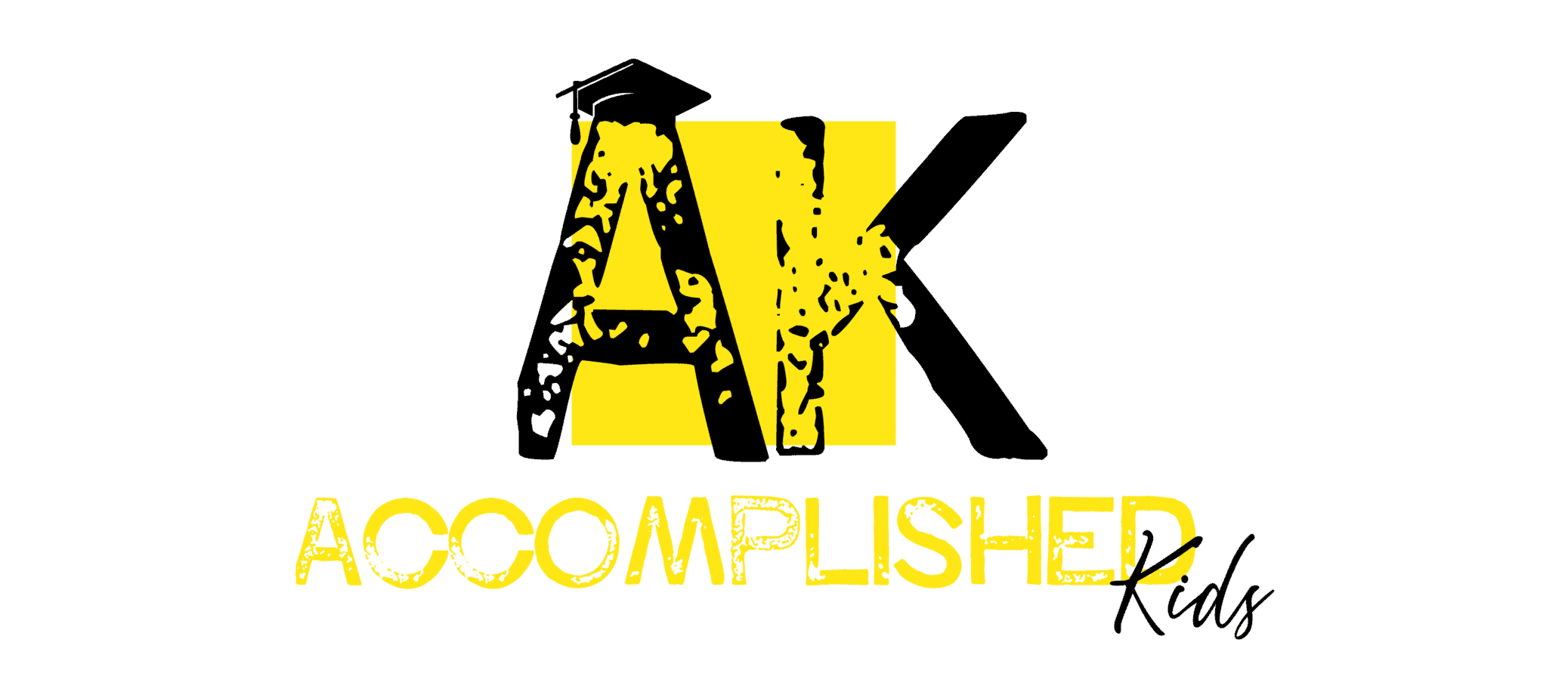How Does Project Based Learning Work?

Project based learning sounds like it is fun, but also seems like it takes a lot of work to put together. Is it effective? I wondered the same and did a little research. Now I feel a lot more comfortable with the idea.
How does project based learning work? Project based learning works by allowing students to develop and create a real world product through engaging in learning using investigation and problem-solving. In many ways project based learning is the vehicle for unit studies.
We talk a lot about organizing a unit study. This is where you take a large topic and break it down into chunks to teach over time. Project based learning is a great way to do this. It adds engagement and develops critical thinking skills. We will explore how to make this work in your homeschool or classroom. The Golden Standard PBL guides educators toward effective use of project based learning and we will explore those ideas throughout this post.
The Challenge: Problem Based Learning
Here is the moment where you make the learning journey exciting and fun for your student(s). It’s where you get their buy-in and intrigue their minds. Project-based learning starts with a question. The question should be challenging for that child’s grade level. It should require layers of information to resolve.
You want your kids to wonder about the resolution. We want their “spidey senses” to start tingling and curiosity to flow. In order for this to happen you need driving questions. The questions will give specific information to the kids on where they need to focus their investigation and inquiry. We want to be specific and not broad. Stay true to the unit’s learning objectives.
We start questions with words that ask for answers. Now, it is important to not ask a question that can be answered by yes or no. You want to ask questions that require thought and elaboration. Consider using words like should, would, could, and how. These are great ways to start questions that make students start to think.
After your question word, think about your learning objectives. What is it that you want them to know that demonstrates learning of the objectives. Also, consider the who or what would be performing the challenge. Here is what I mean:
| Question Word |
| Who or What (is doing the action) |
| The Action |
Example of a question: Could blind people see shadows in dim light?
The last part of the challenge is introducing the product the students will use to demonstrate the challenge. This must be a tangible product.
Investigation: Project-Based Learning
A larger amount of time is spent in the investigation phase. It is the point where instructors ask questions that help build connections to answering the learning objectives. Like the challenge questions, instructions will ask questions that require students to research.
In order to do research, instructors must present students with a buffet of learning opportunities. This includes hands-on activities, reading assignments, and mini-projects. Now you may be wondering, another project? Absolutely, projects make up project-based learning. They are smaller activities around a single topic versus a methodology for delivery learning.
Field trips and getting out into the community is an awesome way for students to interact with the content. Interviewing and observing experts with restrictions on questions to prevent direct answers to the challenge question is a great way for students to gain information.
Discussion is a big part of the investigation phase. It can reinforce the information found in reading. Socratic discussions are great to have before and after reading assignments. It is a process where students get open-ended questions and then feed off of each others’ responses to reject hypothesis and/or add their agreement and thoughts.
The investigation is also a great time for students to ask their own questions. You will be amazed at the questions your students ask. We want to make it clear that this is not just a time for asking questions. It is a time dedicated to looking for answers.
Validating the Context
In order to promote engagement, students must personally or socially connect to the content. Project-based learning relies on the environment being wrapped around topics so the student can relate. After we have engaged the students in investigation. It is helpful to realign their knowledge to the challenge that has real-world applications.
This is a great time to show the impact of the topic. Let’s say the challenge is “Would buses run more efficiently on fuel outside of gasoline? What is the most efficient fuel for buses?” Students will build engines that work on the top two types of efficient energy sources. The impact here is the effects of the energy sources. So, after kids research and discuss the types of energy sources that fuel vehicles you could explore how these sources affect the planet.
Another way to connect students to the content is by exploring how these impacts would directly affect their lives. Socratic discussion is very good after students have researched impact. You could also use mini projects with presentations to discover personal impacts.
Students Involvement in Project Based Learning
Students should be involved in free thinking. We want to know their thoughts and allow them to form a hypothesis. A large part of problem-solving is teaching kids to challenge their hypothesis, adjust, and test.
Allow students to help develop the learning plan. Allow for flexibility. As the instructor, you do not have to completely develop the plan. Come up with an outline and the initial question, but allow the kids to make some decisions on activities they think would help them gain the knowledge needed.
A large part of this is teaching the kids about researching before starting projects. They should know:
- What can be used to research
- What is reliable information
- How to take good notes
When kids have a say so they filled empowered to achieve. There has been a lot of positive research on student-led learning. Giving choices like audiobooks and physical books close gaps in areas where learning styles play a large factor in how our students receive and process information.
Final Stages of Project-Based Learning
Project-based learning has a lot of similarities to the scientific method for theories. After you have posed the challenge, engaged, and investigated it’s time to assess. Revisit your challenge question and decide if you have enough information to answer the question. If not, revisit areas and dig deeper.
If you have enough information, proceed with your conjecture. Use reflection of your research and mini-projects to discuss challenges the problem poses and how you have overcome the issues.
The Product: Project Based Learning
The product is the tangible “thing” that displays a student’s knowledge learned from the project phases. Sometimes the product itself needs additional knowledge to create. For instance, if your product requires you to create an engine or design an app that demonstrates XYZ. You may need to take some time to build these skills. This is actually a great way to combine multiple subjects.
Technology, engineering, and business are great additions to combine with projects. For me, the product phase goes through some of the same processes of investigation and knowledge obtainment to fulfill the projects final step.
If you don’t wish to add an additional learning component, you could use any of the following methods as the product:
- individual or group presentation
- write a persuasion essay
- graphic display
- create a social media campaign
- organize a public workshop
- organize an exhibit
- propose a new policy
- write a poem
- create a play
- write a letter
- create an informational flyer
- teach to a lower grade
- write and illustrate a book
Related Questions
Can project based learning replace curriculum? Yes, it can replace the content aspect of the curriculum. Project based learning teaches information from a project standpoint. It is a teaching method that has proven to be effective and engaging. In order for it to replace curriculum, you would need to ensure that it is designed to meet all of your learning objectives and standards.
What are the benefits of project based learning?
- Connect learners with real-world application
- Creates students who are eager to learn and participate
- Engages students in content, therefore, creating a natural vs forced learning environment which is known to establish long-term knowledge
- Sharpens critical thinking and problem-solving skills
- Increases positive social interaction and collaboration





